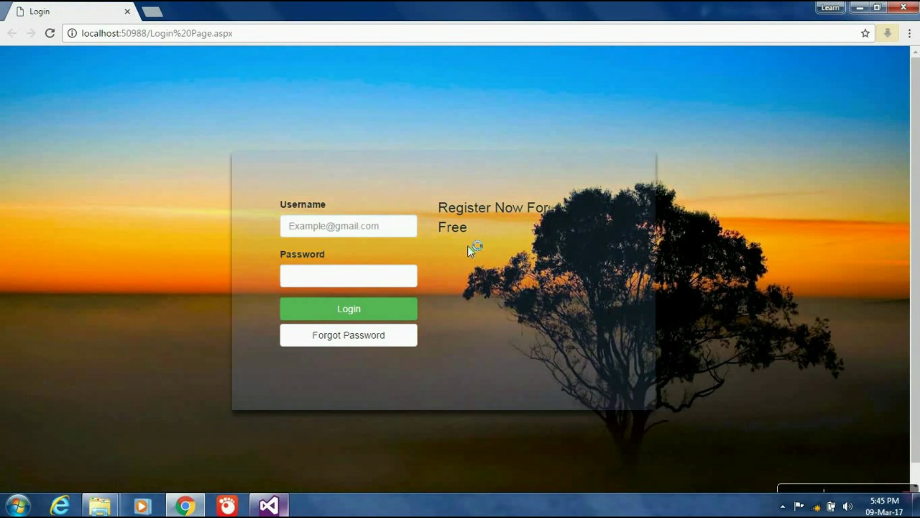
It saves us from the trouble of redesigning everything and helps with a seamless user experience. Therefore, we need to have a responsive background image. If I copy the image and construct a non-responsive web page out of it (to demonstrate a non-responsive website), the output would be the following:Īs a web developer, this is a nightmare. Notice how the CTA changes its position and the image responds to the smaller screen by itself. The website of Seed Heritage looks as follows on a normal desktop screen (notice the shop now button):Īnd when we test the website on mobile screen using LT Browser you can see the result below Now that we have decided that we will be going ahead with the background image on our web page, the next question is, do we still need to work on background image responsiveness? The answer is hidden on the following two images: How responsiveness affects the background image? But the problem is, where there is an image, there is the risk of multi device view and cross browser compatibility issues. Well, you can see many websites already using a background image as a part of their web design strategy. Therefore, it is always good to have a background image on our website to make a memorable impact. Although both the websites are good, the upper one does impact the user (well, at least on me!).

Which one is more attractive? Even though they both have very little difference (leaving aside content and focussing on only images). Consider these two images of two different websites where both of them are selling hats: Honestly, they do look good and create an impact on the user.
CSS IMAGE RESPONSIVE RESIZE HOW TO
How to make a responsive background image using CSS?īackground images have become a part of the current trend in web development.How responsiveness affects the background image?.Also, we shall see how we can make a normal background image to a responsive background image with CSS for all our users operating on a wide range of devices. However a special case does arise for the images on a web page- the background image and this post is dedicated to guide you on how to make a responsive background image using CSS.įurther, we will look at how background image trends have changed over time and why it is essential to learn about the responsiveness of background images.

Well that article focused on responsive images within the content. In the post about how to make responsive images on a website, I mentioned different ways to make images responsive such as picture element, srcset and media queries. Images are stubborn! They don’t like to adjust themselves to the screen sizes so quickly and require a lot of work from our side.

The problem comes with the images on a web page when it comes to developing a responsive website. For font sizes and font-weight on smaller screens, media queries work flawlessly too. A meta tag works most of the time with every device. Google trends show that the term “responsiveness” is so popular that it keeps touching the number 100 frequently.Īchieving the responsiveness of the written content is not that hard.
CSS IMAGE RESPONSIVE RESIZE CODE
For someone who is just beginning their journey with web development, “responsiveness” is considered a synonym for web development with every line of code directed towards it. Over the years working with web development technologies, I have seen responsiveness, CSS, and browser compatibility testing have become the clear winners of discussions.


 0 kommentar(er)
0 kommentar(er)
